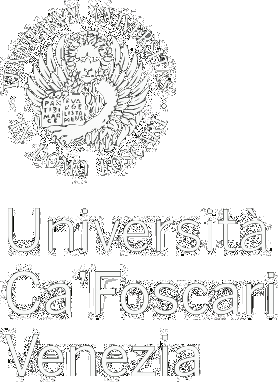Journal | Annali di Ca’ Foscari. Serie occidentale
Journal issue | 49 | 2015
Research Article | Russian as a Partial Pro-Drop Language
Russian as a Partial Pro-Drop Language
Data and Analysis from a New Study
Abstract
This paper explores the grammaticality and interpretation of referential null subjects (NSs) in Russian in distinct clausal types. Based on the results of an online survey (carried out by about 140 respondents), we show that in contrast with generalizations typically hypothesized for partial pro-drop languages (Holmberg, Nayudu, Sheehan 2009) Russian exhibits properties which seem to be nearer to consistent pro-drop languages than to partial pro-drop languages. Such peculiarities can be accounted for within an interface approach to the interpretation of pro. The relevant online survey compares and analyzes data concerning the grammaticality and interpretation of pro under bridge verbs, factive verbs, and in adverbial clauses (e.g., conditionals and temporal clauses). In particular, Control and Locality requirements (and related intervention effects) are tested by means of interposed subjects endowed with different inflectional features and in different non-local c-command contexts. Our analysis shows that the situation is not clear-cut and that several factors cooperate in the licensing of NSs in Russian. Evidence will be provided that a strictly syntactic approach has to be rejected and, based on Frascarelli’s (forthcoming) study, an alternative Interface approach is proposed. Thus, in order to distinguish Russian from consistent pro-drop languages and justify its partial pro-drop status, a proper Interface Visibility Condition is formulated.
Published Sept. 1, 2015 | Language: en
Keywords Interface • Russian • Null subject • Pro-drop
Copyright © 2015 Camilla Bizzarri. This is an open-access work distributed under the terms of the Creative Commons Attribution License (CC BY). The use, distribution or reproduction is permitted, provided that the original author(s) and the copyright owner(s) are credited and that the original publication is cited, in accordance with accepted academic practice. The license allows for commercial use. No use, distribution or reproduction is permitted which does not comply with these terms.
Permalink http://doi.org/10.14277/2385-3034/AnnOc-49-15-18





